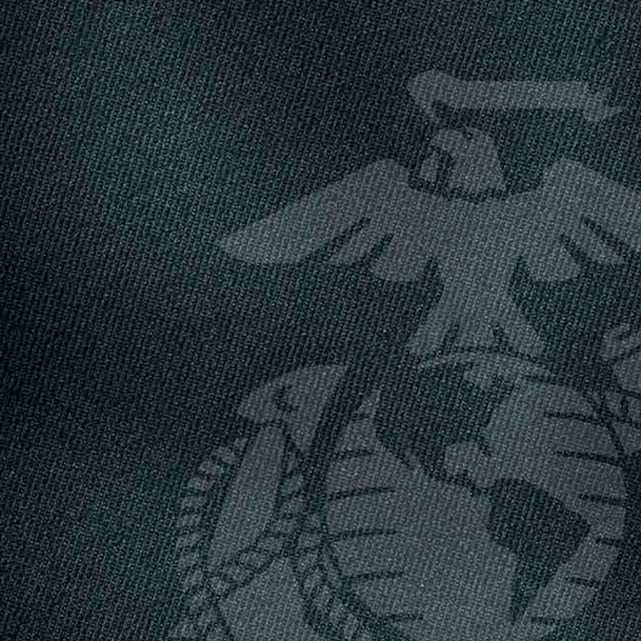
Marine Medium Tiltrotor Squadron 362, known as the “Ugly Angels,” were declared fully operational capable on Feb. 28, 2020, signifying that the Marine Corps’ newest MV-22B Osprey squadron is prepared to support the 3rd Marine Aircraft Wing. Following the certification, they continued to work together to accomplish additional training and readiness objectives while conducting precautionary measures to prevent the spread of the novel coronavirus.
Fully operational capable is a significant achievement that affirms the squadron is staffed, trained, and equipped. Upon completion of the requirements, the unit became part of the collective combat-power of Marine Aircraft Group 16 and 3rd MAW.
“It was a big day,” said Lt. Col. Matthew McSorely, commanding officer of VMM-362. “We launched a report saying the squadron is ready-to-go, and I am extremely proud of all the hard work and effort the Marines put into building this squadron from the ground up.”
The Ugly Angels were first activated as a UH-34D squadron on April 30, 1952, under the designation of Marine Helicopter Transport Squadron 362 at Marine Corps Air Station Santa Ana, California. The squadron was re-designated in 1956 as Marine Helicopter Transport Squadron 362; again in 1962 as Marine Medium Helicopter Squadron 362; and a third time, in 1969, when they transitioned to the CH-53 as Marine Heavy Helicopter Squadronm362. HMH-362 was deactivated in 2012. Most recently, on Aug. 17, 2018, the Ugly Angels were reactivated as an MV-22B Osprey squadron.
Modernization is essential to maintaining lethality on the battlefield. MV-22B’s provide medium lift assault support to ground forces, which enables expeditionary operations and maximizes ship-to-shore speed and agility. The MV-22B provides increased range and speed to ground commanders when compared to the aircraft’s predecessor. The MV-22B can carry up to 18 fully combat loaded Marines from a ship or expeditionary base to an objective hundreds of miles away.
“Now we can represent the MAW with absolute confidence as a fully operational squadron. The training we have completed up to this point will allow us to support the ground forces’ mission without reservations.” Lt. Col. Matthew McSorely, commanding officer of VMM-362
The path to fully operational capable consisted of key milestones such as initial operational capability, which was achieved by VMM-362 on June 30, 2019. Later that year, the squadron completed a unit training detachment to Albuquerque, New Mexico, to test its ability to conduct sustained operations away from home base in order to refine how it would operate while deployed. VMM-362 cleared all five major inspections thanks to the herculean efforts of the “Ugly Angels” Marines and Sailors.
This opens a new chapter in the squadron’s history. The activation timeline now complete, the Ugly Angels are prepared to augment and sustain operations while forward-deployed; allowing 3rd MAW to assist in providing a response to a variety of contingencies. VMM-362 was relentless in its efforts to ensure its Marines, Sailors, equipment, and aircraft were ready and able to conduct missions across a range of military operations.
As a testament to the professionalism of the Ugly Angels, their training continues to see great success in routine operations and in their support to ground units despite the challenges unique to preventing the spread of COVID-19. From night insertion and extraction operations with Marine Special Operations Command, to the mission essential Marine Corps Combat Readiness Evaluations required for unit deployments, the Ugly Angels continue to progress and prove they are combat ready.
3rd MAW’s military and civilian leadership are diligently working to prevent the spread of COVID-19 while maintaining our commitment to be the most ready when others are not. 3rd MAW will remain faithful as Marines and as community members and continue to “Fix, Fly, and Fight” as the Marine Corps’ largest aircraft wing.



